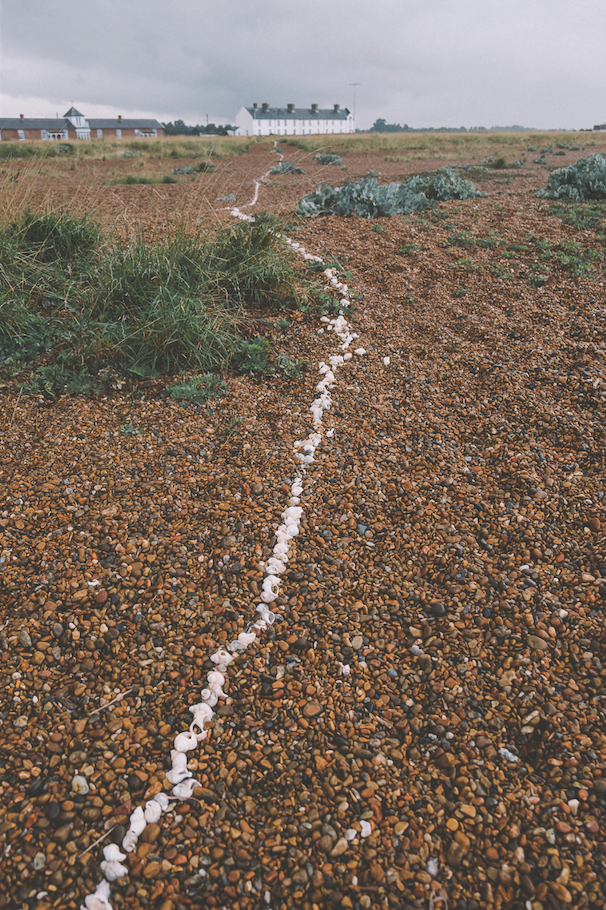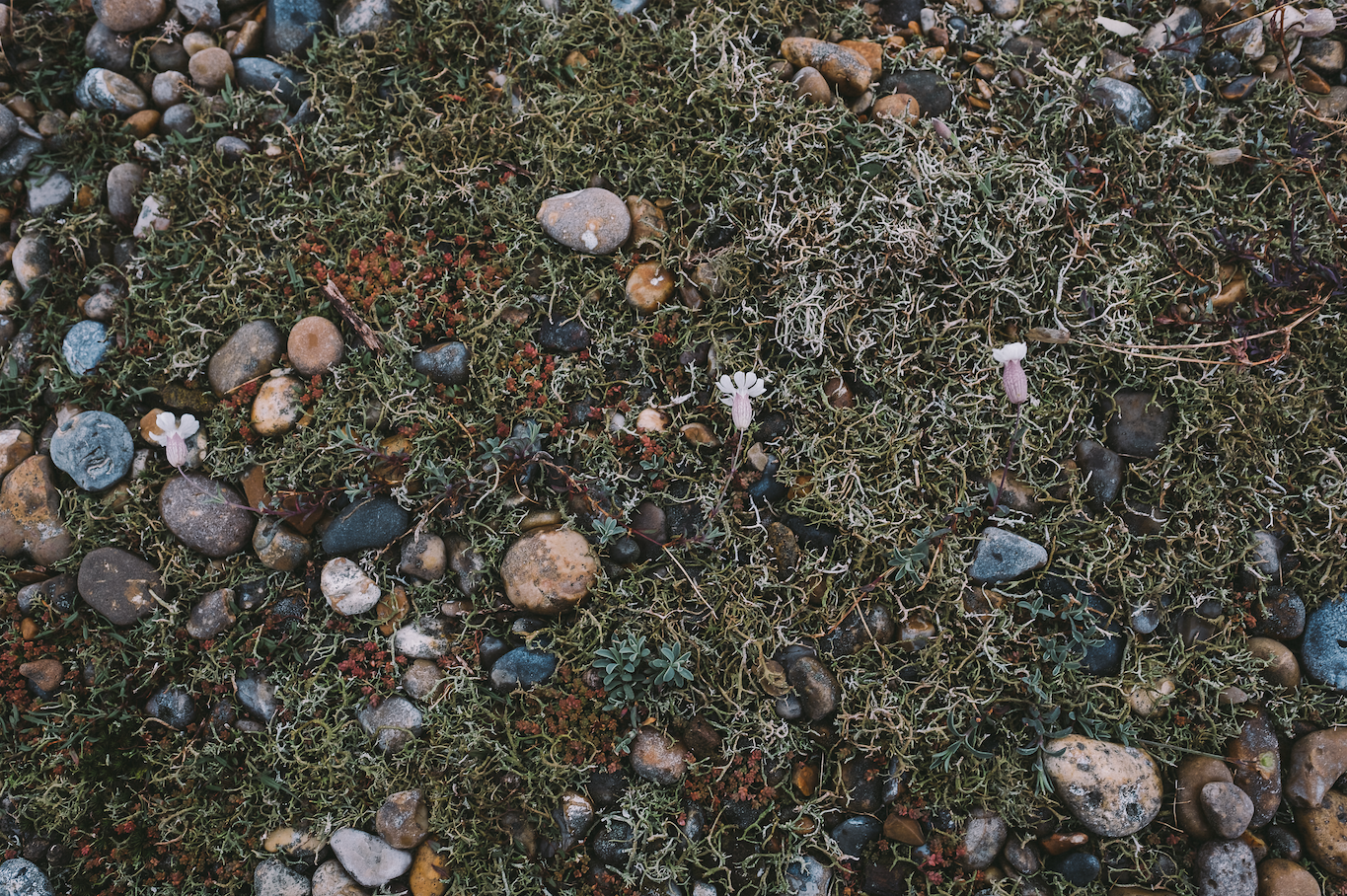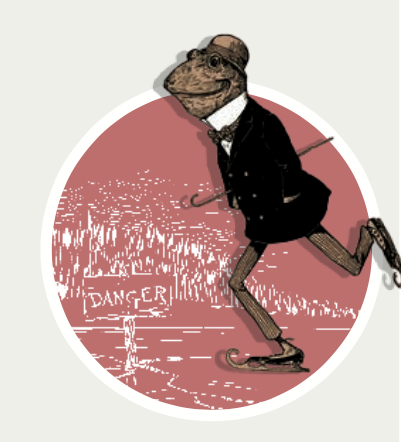For issue seven of Ernest Journal, photographer Colin Nicholls accompanied editor Jo Tinsley on her journey along the East Anglian coast, exploring ghost towns, eroding sea cliffs and the abandoned laboratories and weapons testing facilities of Orford Ness. Colin tells us about his experience photographing these extraordinary locations
Sizewell Nuclear Power Station. All images by Colin Nicholls
Colin, what did you shoot with?
I took my Fuji XT2 and my 16mm, 23mm, and 56mm lenses. This is pretty much the standard kit for most of my work – the really small size of the camera, and the overall quality of the pictures all add up to a very nice working system. The XT2 is a mirrorless camera and much smaller and lighter than a standard DLSR setup. It's all weather sealed, which proved very useful while at Orford Ness.
How did you find shooting East Anglian landscapes, in comparison with other landscapes you've photographed? Were there any challenges?
The biggest challenge was shooting landscapes that were very minimal. Usually I look for a leading line or some way of composing the image to take the viewer's eye into it, but when there is very little you have to think a bit differently. As such, I embraced the minimal landscapes and shot in a way to show the viewer the sparse landscape in all its glory.
What surprised you most about the places you visited on your trip?
Pretty much everything we did was a massive surprise and really great fun. I’d never been to the east coast of England before, so it was nice to get the chance. I think the biggest surprise was seeing how the sea takes back the land so indiscriminately.
What was your favourite location and why?
Definitely Orford Ness. Getting to go inside the weapons testing facilities and see areas that few visitors get to see was incredible. I really enjoy those kind of raw concrete structures.
Anything you didn't enjoy quite so much?
Night walking. You just can’t see anything at all; you just follow the person in front of you. It was actually quite a fun experience, especially getting to see hundreds of glow worms, but the rain that accompanied us definitely was not. When I got back to my tent everything was wet, so I had to sleep in my car instead.
Where will you be going next with your camera?
I'm currently planning a two-week tour of Iceland, which will be my fourth trip to this wonderful place. This time it’s a solo journey and I’m hoping to get a lot done in the two weeks, particularly things that aren’t the standard tourist destinations. I’ll be documenting the whole thing so I’m hoping to put together a short film by the time I’m done.
What's on your bedside table?
Only a red anglepoise lamp, which my father bought when he was 21 and gave to me when I was a teenager. I like things quite minimal.
Colin is a photographer specialising in weddings and editorial work, with a passion for landscape and street photography.
colinnichollsphotography.com


















































